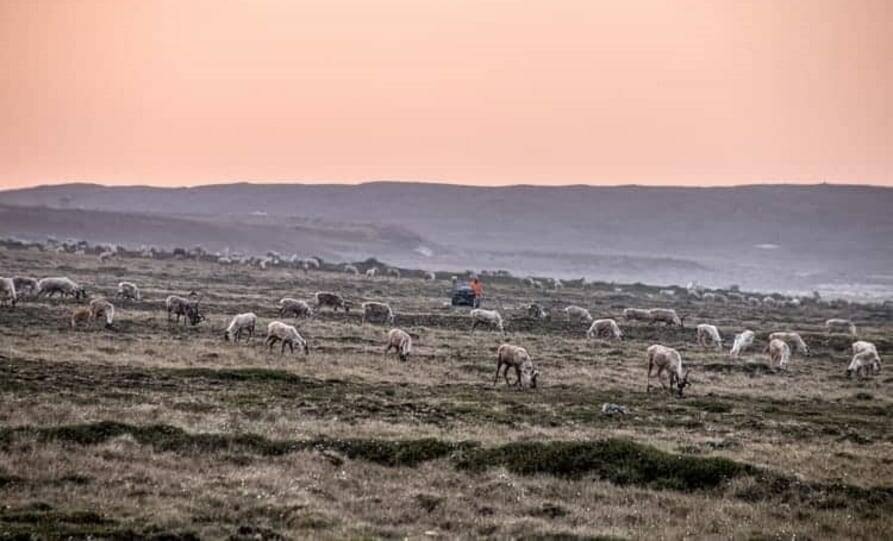A Northern caribou management board has failed to secure its desired funding boost for the current fiscal year despite an enthusiastic response from the federal, provincial, territorial and Indigenous governments.
The Beverly and Qamanirjuaq Caribou Management Board oversees the health and conservation of both the Beverly and Qamanirjuaq caribou herds, whose combined range spans the NWT, Nunavut, Alberta, Saskatchewan and Manitoba.
At the last of its twice-annual annual meetings in December 2021, the board requested a doubling of its funding over 10 years, to $250,000, from its government partners, including the Government of Canada and the GNWT. The board also requested $10,000 in additional funding from each of the five participating Indigenous governments, which would bring its total budget in 10 years to $300,000.
The board’s executive director, Tina Giroux-Robillard, said it’s been about a decade since the organization’s funding has increased.
She said the current budget “has really not met the demands of growth — even inflation hasn’t kept up. So in order to modernize the management agreement, and to bring it to modern times, we assessed a really modest budget of what we would need to really be able to capitalize on where we’re at.
“I think everybody understands, and has expressed to us, how much the board does and how it’s needed,” said Giroux-Robillard. “And the work that we do is valuable. For this year, we weren’t able to reach those deadlines.”
The board received positive responses from the Indigenous governments about making their own contributions, she noted.
As Giroux-Robillard explained, the failure to secure additional funding was not due to a lack of interest, but because the request came too late in each party’s budget planning process to be added to their 2022-‘23 fiscal plans.
“So we are continuing to get funding this year. However, we’re not getting the increase in funding that we had hoped for, but we are pretty hopeful that we will be getting that moving forward, next fiscal year and on,” she said.
According to the management board’s website, the population of the Beverly herd decreased from approximately 136,600 in 2011 to 103,400 in 2018. The Qamanirjuaq herd decreased from about 344,000 animals in 2008 to about 288,000 in 2017.
With additional funding, Giroux-Robillard said the board would be able to improve its communication with its Indigenous partners.
“We need to increase our communication and our support for our board members that are in the Indigenous communities that really depend on the caribou,” she said.
She also said the board is in a position to take a broader view on some of the challenges faced by the herds, such as climate change, that each of the partner governments alone may not be able to take.
A spokesperson for the territorial government said, “The GNWT is committed to working towards a funding agreement with all partners on the Beverly and Qamanirjuaq Caribou Management Board,” but did not elaborate further.
The Northwest Territory Métis Nation, which participates on the board, did not return a request for comment.
The board’s next meeting is scheduled to take place in Winnipeg on May 3.
*
